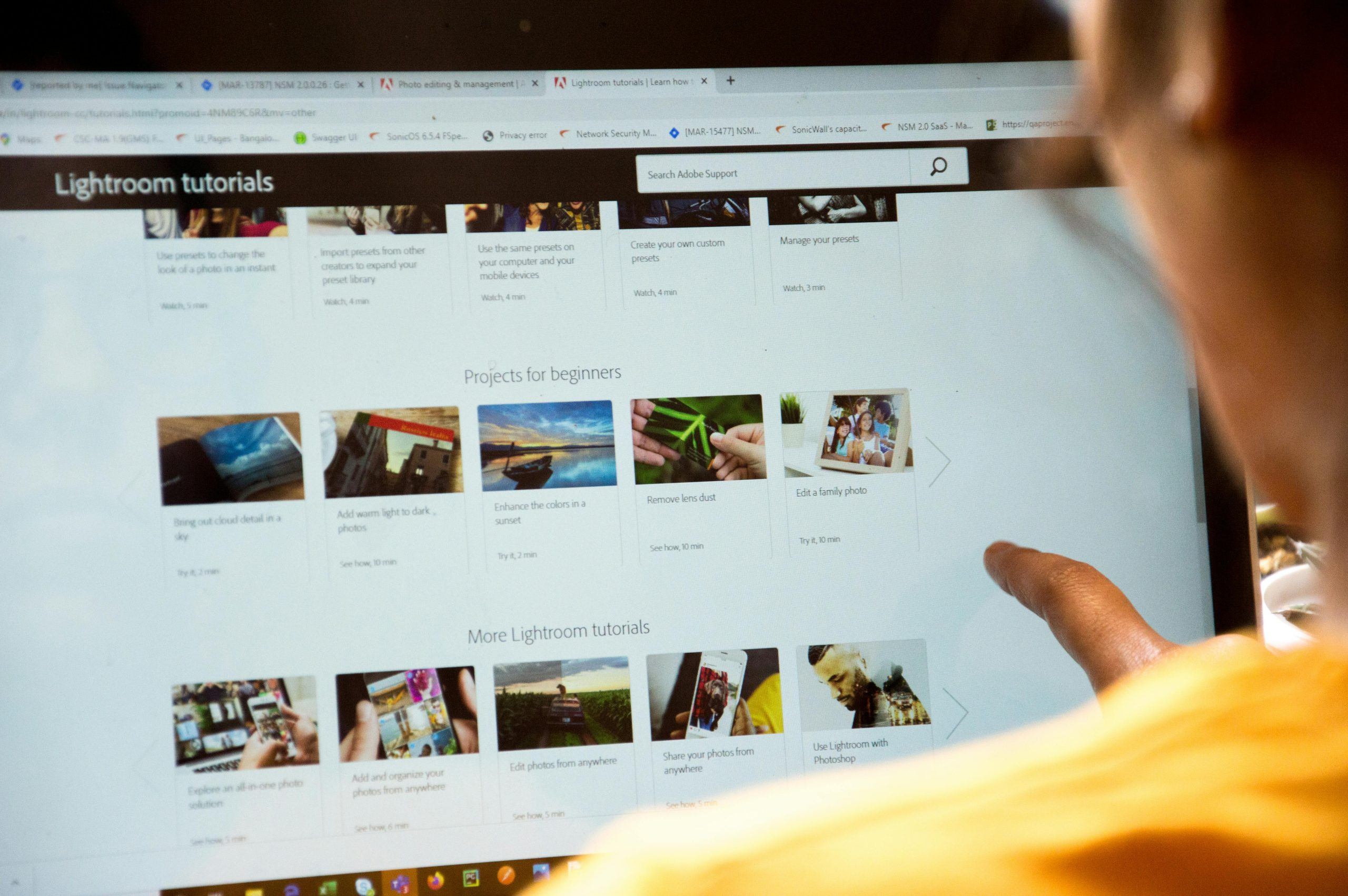The Evolution of User Experience (UX) Research Methods
User experience (UX) research has always been a crucial process in the development of products or services. It involves understanding the needs, behaviors, and emotions of users to create an intuitive and seamless experience. As technology continues to evolve, so do the methods and techniques of UX research. In this article, we will dive into the evolution of UX research methods and how they have shaped the way we design and create products for the modern digital world.
Understanding User Experience Research
Before we delve into the details of the evolution of UX research methods, it’s important to understand what it is and why it’s essential. User experience research is the process of gathering data and feedback from users to improve the usability, accessibility, and satisfaction of a product or service. It involves a variety of techniques such as user interviews, surveys, usability testing, and data analysis.
With the rise of digital platforms and products, user experience has become a crucial factor in the success of a business. A great user experience can lead to increased customer satisfaction, loyalty, and ultimately, higher revenue. To achieve this, companies must continually evolve their UX research methods to meet the changing needs and expectations of users.
The Traditional Approach to UX Research
1. Surveys
Surveys have long been a staple in UX research. They are a quick and cost-effective way to gather quantitative data from a large number of users. Surveys typically contain closed-ended questions that can easily be analyzed to gain insights into user preferences and behaviors. However, surveys have their limitations as they only provide surface-level information and can be prone to biases, leading to inaccurate results.
2. User Interviews
User interviews involve one-on-one or group discussions with users to gain a deeper understanding of their needs, motivations, and pain points. Interviewing users allows researchers to ask follow-up questions and get detailed insights that would be missed in a survey. However, this method is time-consuming and costly, limiting the number of participants that can be interviewed.
3. Usability Testing
Usability testing is a method that involves observing users interacting with a product and noting any difficulties or issues they encounter. This hands-on approach provides valuable insights into the user experience and can highlight areas for improvement. However, it can be a time-consuming process and may not reflect real-world usage scenarios.
The Modern Approach to UX Research
1. Remote Testing
The advancement of technology has paved the way for remote usability testing. This method allows researchers to gather data and feedback from users in their natural environment, providing more accurate results. Remote testing also eliminates geographical constraints and allows for a larger and more diverse pool of participants.
2. Eye-Tracking
Eye-tracking technology has been around for decades, but it has become more accessible and affordable in recent years. This method involves tracking the eye movements of users while they interact with a product to understand their visual focus and perception. Eye-tracking can provide valuable insights into how users process information and can help improve the visual design of a product.
3. A/B Testing
A/B testing is an experimental method where two versions of a product are tested on different groups of users to determine which one performs better. This allows companies to make data-driven decisions and optimize their product to enhance the user experience. A/B testing can be carried out remotely, making it a cost-effective and efficient method.
The Future of UX Research
As technology continues to advance, so do the methods and techniques of UX research. Virtual and augmented reality technologies are already being used to test and improve user experience, and we can expect more innovative methods to emerge in the future. With the rise of artificial intelligence, UX research can become more intelligent and predictive, creating a more personalized and seamless user experience.
Furthermore, as the world becomes more connected, cross-cultural UX research will also become essential. Companies must consider cultural differences and adapt their products accordingly to cater to a global audience.
In Conclusion
The evolution of UX research methods has been driven by the changing landscape of technology and the increasing demand for a great user experience. Companies must continue to adapt and evolve their research methods to stay ahead in the ever-changing digital world. Whether it’s remote testing, eye-tracking, or using AI, the key to successful UX research is to understand and empathize with users. By continuously improving the user experience, companies can build long-lasting relationships with their customers and achieve business success.









